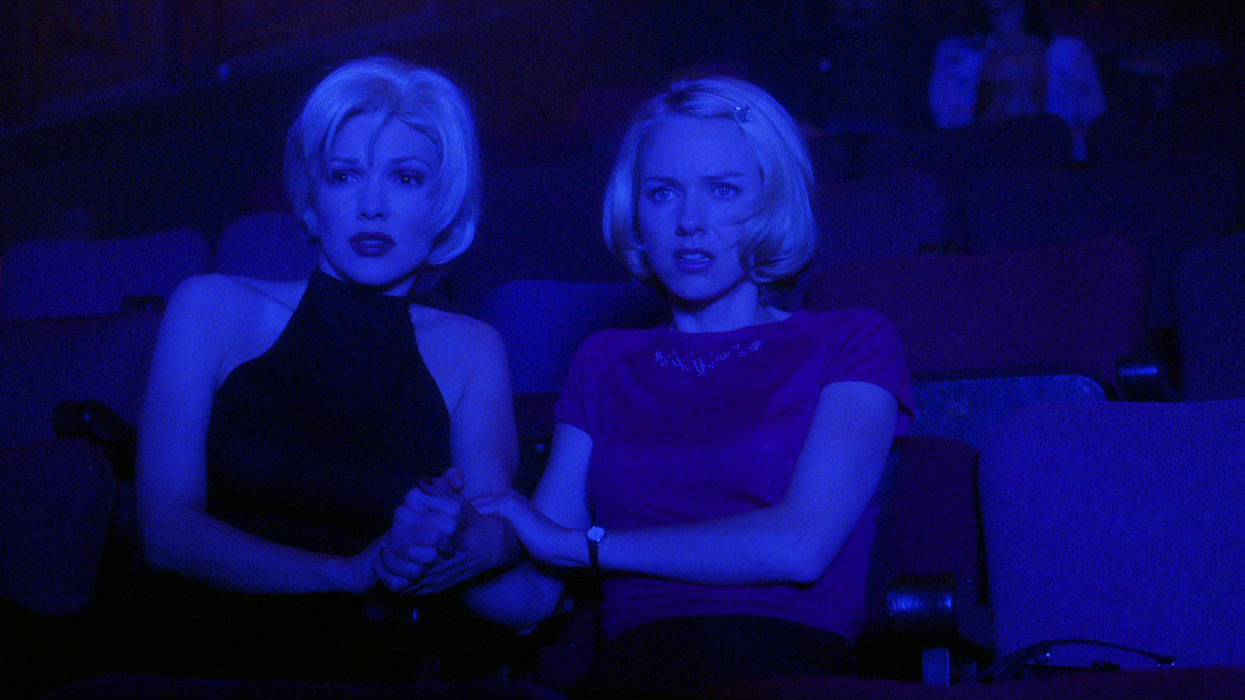How David Lynch Uses Subversion to Elicit Catharsis in 'Mulholland Drive'
Lynch uses expectation and subversion as filmmaking tools with the same nuance and power as another director might use light or sound.

David Lynch is the master of defying audience expectations. It is a common enough filmmaking technique, but one that other filmmakers often hit over the head too strongly or even base the entire film on: "Here's the big twist you've been waiting for. Great. Moving on."
Lynch, however, sets the audience up early with idyllic, dream-like conventions in an attempt to lull them into a sense of security. Often incorporating common tropes from cinematic history, he wants us to feel as if we've seen the story before so that we think they know exactly where it's headed. Then he pulls the rug out from underneath us, over and over and over again. The subtle changes he makes to our certain, learned, expectations of a character (or a look, or a town) make us increasingly less comfortable. That dream is slowly, throughout the course of the film, turning into a nightmare.
In The Nerdwriter's latest video essay, we get an in-depth look into Lynch's strategies for subversion through a few of Mullholland Drive 's most jarring scenes: Betty's first audition and the nightmarish Club Silencio. Check it out below.
Sudden transformations, expectation triggers, bait switching, foreshadowing and mirror scenarios are all employed as means of deception. It begs the question, as a filmmaker: what is the value of deceiving your audience? For Lynch, it inspires feelings of dread and disgust in his audience that are matched by few other directors. For those of us earlier in our careers, however, these tactics can be used as blocks in building the surreal.
What is bubbling underneath the surface of your film? How do you set up and break down expectations to give rise to the extraordinary, the new, the revolutionary? Before the term "Lynchian" ever came around, there was only a slightly off-kilter dude with a strategy and a vision on how to execute it.
Source: The Nerdwriter











